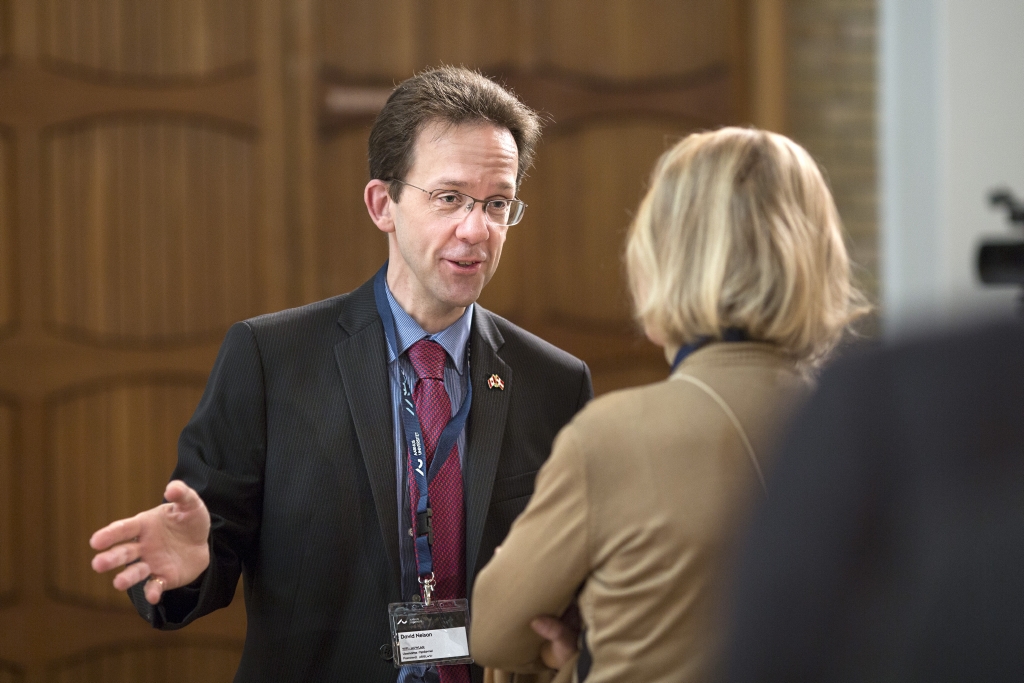Waste Management at Centre of Project at Aarhus BSS
Sanne Wøhlk thinks that rubbish is fascinating. She’s an associate professor of logistics at Aarhus BSS, and will be spending the next couple of years researching more efficient ways of collecting and transporting waste. The Danish Council for Independent Research has just allocated a grant of 4.1 million Danish kroner (600,000 US dollars) to her project.
How do you transport waste from the household to its final destination, whether this is a waste-management facility or an incinerator? How much of it should be processed by a recycling centre along the way? What routes should the trucks choose? How often should they depart? These are just a few of virtually dozens of questions to be tackled by Wøhlk as part of her project. Even at this early stage, her research has attracted a great deal of interest.
“Recently I presented my research at a meeting of representatives from various local governments in Denmark, and afterwards people literally queued up to hand me their business cards,” says Wøhlk.
Drowning in waste
Waste management influences the life of literally everybody. Danish households produce 2.4 million tonnes of waste annually. That translates into roughly half a tonne per person per year, and it’s unlikely that the amount will decrease to any significant extent in the foreseeable future. If it’s not handled properly, we risk drowning in waste.
The project will analyse various systems of waste collection and seeks to combine them into efficient ways of transportation. To this end, Wøhlk is using methods from operational analysis, an academic field in which Aarhus BSS is among the heavyweights – even internationally.
Reno Djurs, a Danish waste management company which has collaborated with Aarhus BSS for a number of years, derives many practical benefits from this relationship. The company operates nine recycling stations capable of handling more than 20 different types of waste. From the recycling facilities the waste is transported onwards to waste-management facilities in various locations. This is carried out by road hauliers who have signed contracts with Reno Djurs.
Incredibly complicated
Transporting one container from a recycling station to a waste-management facility is simple enough. But then what about this scenario: you have one container at one recycling station, and another container with the same type of waste at a different recycling station. Do you save money or not by picking container no. 2 up on the way?
The answer to that question is not straightforward, according to Hardy Mikkelsen, who is environmental manager at Reno Djurs. Optimising waste transportation is “incredibly complicated”, he says. This is where Wøhlk’s research can make a difference.
“We have analysed the potential savings if you organise transportation in the best possible way, planning intricate route patterns between the recycling stations and waste-management facilities,” says Mikkelsen.
“As a result, we have developed a mobile webpage containing an ordering system concentrating all our transportation demands in one place. This helps the individual road haulier to coordinate his trucks in a much more informed way.”
The project focuses on waste, but in fact it could just as easily study something else – consumer goods, for example. As a result, Wøhlk can get inspiration from the way logistical problems are solved elsewhere.
“We can exploit existing knowledge and routines. For example, supermarkets have been working for years to ensure that the right products are delivered to the right place at the right time, in the cheapest way possible,” she says.
